Home>Gardening & Outdoor>Landscaping Ideas>How To Grow Grass Under Maple Trees
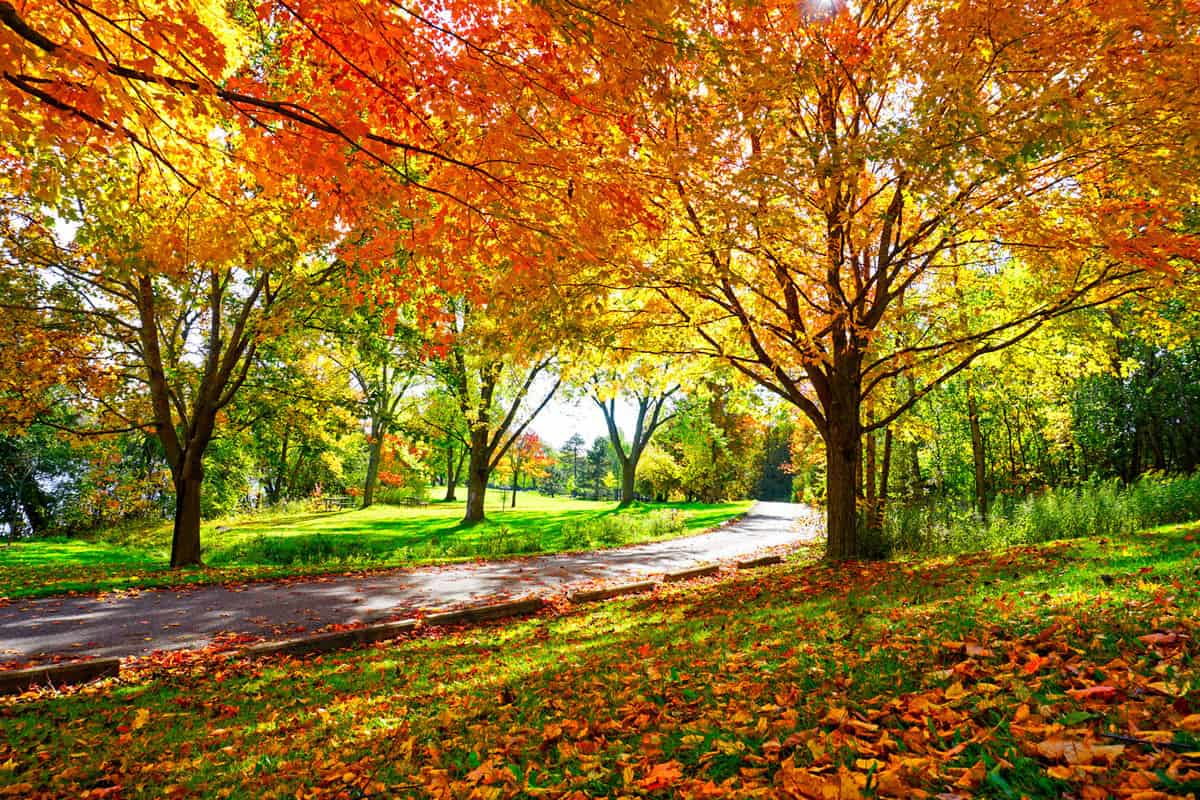

Landscaping Ideas
How To Grow Grass Under Maple Trees
Modified: October 21, 2024
Learn effective landscaping ideas for growing grass under maple trees. Discover tips and techniques to improve the appearance of your yard.
(Many of the links in this article redirect to a specific reviewed product. Your purchase of these products through affiliate links helps to generate commission for Storables.com, at no extra cost. Learn more)
Introduction
When it comes to landscaping, maple trees are cherished for their striking beauty and the cool shade they provide. However, for many homeowners, the area beneath these majestic trees can pose a significant landscaping challenge. The dense canopy of maple trees often creates a shaded environment that can make it difficult for grass to thrive. In addition, the shallow, dense root systems of maple trees can further complicate the task of growing and maintaining a lush, green lawn.
But fear not! With the right approach and a bit of know-how, it is indeed possible to grow grass under maple trees and transform these shaded areas into inviting and functional spaces. In this comprehensive guide, we will delve into the intricacies of this landscaping conundrum, offering practical tips and insights to help you achieve success in nurturing a healthy lawn beneath your beloved maple trees.
From understanding the challenges posed by shade and root competition to selecting the most suitable grass varieties and implementing effective soil preparation and maintenance techniques, we will cover all the essential aspects of growing grass under maple trees. By the end of this guide, you will be equipped with the knowledge and confidence to tackle this endeavor and breathe new life into the shaded expanses beneath your maple trees.
So, grab your gardening gloves and let's embark on this enlightening journey to unlock the secrets of nurturing vibrant, resilient grass under the enchanting canopy of maple trees.
Key Takeaways:
- Transforming shaded areas under maple trees into lush lawns requires choosing shade-tolerant grass, preparing soil, and ongoing maintenance. It’s a rewarding process that enhances outdoor spaces.
- Understanding challenges like shade and root competition, and implementing targeted solutions, can help create a thriving and resilient grassy oasis under maple trees. It’s a journey worth the effort for a vibrant outdoor haven.
Read more: How To Grow Grass Under A Tree
Understanding the Challenges
Before delving into the specifics of growing grass under maple trees, it’s crucial to grasp the unique challenges presented by this endeavor. Maple trees, known for their sprawling canopies and extensive root systems, create a shaded and competitive environment that can thwart the growth of grass. The dense foliage of maple trees filters sunlight, limiting the amount of light that reaches the ground below. As a result, the shaded areas beneath these trees experience reduced photosynthesis, hindering the growth of grass and other plants.
Furthermore, the shallow and dense root systems of maple trees not only absorb a significant portion of the available water and nutrients but also create physical barriers that impede the establishment and expansion of grass roots. This root competition can lead to moisture depletion and nutrient deficiency in the soil, further complicating the task of nurturing a thriving lawn.
Another factor to consider is the pH level of the soil beneath maple trees. These trees often contribute to the acidification of the soil, which can adversely impact the growth and health of certain grass species. Understanding and addressing these challenges is essential for devising effective strategies to overcome the obstacles and create an environment conducive to the growth of grass.
By acknowledging and comprehending the intricacies of these challenges, you can approach the task of growing grass under maple trees with clarity and purpose. In the sections that follow, we will explore the steps and considerations involved in selecting the right grass variety, preparing the soil, and implementing maintenance practices that are tailored to thrive in the unique microclimate beneath maple trees.
Choosing the Right Grass Variety
When it comes to growing grass under maple trees, selecting the appropriate grass variety is paramount to the success of your landscaping endeavors. Given the shaded and potentially nutrient-deprived environment beneath maple trees, it is essential to choose a grass variety that is well-suited to these challenging conditions.
One of the key factors to consider when choosing a grass variety is shade tolerance. Look for grass species and cultivars that are specifically formulated to thrive in shaded areas. Fine fescue, including creeping red fescue and chewings fescue, is renowned for its exceptional shade tolerance and ability to flourish in low-light conditions. These grasses are well-suited for the shaded environment beneath maple trees and can provide a lush, verdant lawn despite the limited sunlight.
Additionally, consider the texture and growth habits of the grass varieties. Fine fescue, with its fine blades and delicate appearance, can complement the aesthetic appeal of the shaded areas, creating a soft and inviting carpet of greenery. Moreover, fine fescue has the added advantage of requiring minimal maintenance, making it an ideal choice for areas where accessibility may be limited due to the presence of tree roots.
Another crucial consideration is the ability of the chosen grass variety to withstand competition from tree roots. Opt for grass species that are resilient and adaptable, capable of establishing a strong root system that can effectively compete with the shallow and dense roots of maple trees. By selecting a grass variety that exhibits resilience in the face of root competition, you can ensure the long-term vitality and sustainability of your lawn.
By carefully evaluating these factors and consulting with local landscaping experts or nurseries, you can identify the most suitable grass variety for the shaded environment beneath your maple trees. With the right grass variety in place, you will lay a solid foundation for nurturing a thriving and resilient lawn that enhances the beauty of your outdoor space.
Soil Preparation
Effective soil preparation is a critical step in creating an optimal environment for growing grass under maple trees. Given the unique challenges posed by shade and root competition, it is essential to address the specific needs of the soil to support the growth and vitality of the chosen grass variety.
Begin by assessing the composition and pH level of the soil beneath the maple trees. Maple trees often contribute to soil acidification, which can impede the growth of certain grass species. Conduct a soil test to determine the pH level and nutrient content of the soil. Based on the results, you can take corrective measures to adjust the pH level and enhance the fertility of the soil, ensuring that it is conducive to the growth of grass.
Amending the soil with organic matter, such as compost or well-rotted manure, can improve its structure and fertility, providing essential nutrients and enhancing moisture retention. This organic matter acts as a natural fertilizer, enriching the soil and promoting the growth of healthy grass roots. Incorporating organic matter into the soil also helps mitigate the impact of root competition by creating a favorable growing environment for the grass.
In addition to organic amendments, consider aerating the soil to alleviate compaction and improve air and water penetration. Compacted soil can hinder the development of grass roots and impede the circulation of essential nutrients and oxygen. By aerating the soil, you can enhance its overall health and resilience, creating an environment that is conducive to robust grass growth.
Furthermore, ensure that the soil is well-draining to prevent waterlogging, which can be detrimental to the establishment and maintenance of grass. In areas with dense tree roots, proper drainage is crucial to prevent water accumulation and root suffocation. Implement drainage solutions, such as installing perforated drainage pipes or creating strategic grading, to facilitate the efficient removal of excess water and maintain optimal soil conditions for the grass.
By meticulously preparing the soil beneath your maple trees, you can lay the groundwork for a thriving lawn that is resilient in the face of shade and root competition. The investment of time and effort in soil preparation will yield long-lasting benefits, fostering the growth of vibrant grass that enhances the allure of your outdoor space.
Consider planting shade-tolerant grass varieties such as fine fescue or creeping red fescue under maple trees. These grasses can thrive in low-light conditions and compete with the tree’s roots for water and nutrients.
Planting and Maintenance
Once you have selected the appropriate grass variety and prepared the soil, the next crucial steps involve planting the grass and implementing a comprehensive maintenance regimen to ensure its sustained growth and vitality beneath the maple trees.
When planting grass under maple trees, it is imperative to follow best practices to optimize the establishment of the lawn. Begin by carefully spreading the grass seeds or laying sod in the prepared soil. Ensure even distribution of the seeds or sod to promote uniform coverage and consistent growth. Lightly rake the soil to cover the seeds or sod with a thin layer of soil, facilitating proper seed-to-soil contact and promoting germination.
Water the newly planted grass regularly to maintain adequate moisture levels, especially during the initial stages of growth. The soil beneath maple trees may dry out more quickly due to the shade and root competition, so it is essential to monitor and adjust the watering schedule accordingly. Aim to keep the soil consistently moist but not waterlogged to support the establishment of the grass.
As the grass begins to grow, implement a tailored maintenance routine to nurture its health and resilience. Regular mowing, at the appropriate height for the chosen grass variety, promotes denser growth and discourages weed invasion. Keep in mind that grass growing under maple trees may have unique maintenance requirements due to the shaded environment and root competition, so adjust your maintenance practices accordingly.
Fertilize the grass as needed, based on soil test results and the specific requirements of the chosen grass variety. Select fertilizers that are formulated to address the challenges of growing grass under shade and root competition, providing the necessary nutrients to support the grass’s growth and vigor. Additionally, be vigilant for signs of nutrient deficiencies or stress in the grass, and address any issues promptly to maintain its health and vitality.
Regularly inspect the lawn for any signs of disease, pests, or compaction, and take proactive measures to address these issues. Aeration, overseeding, and dethatching may be necessary to rejuvenate the grass and mitigate the impact of shade and root competition on its growth. By staying attuned to the evolving needs of the grass and implementing proactive maintenance measures, you can foster a resilient and lush lawn beneath your maple trees.
By following these planting and maintenance guidelines, you can cultivate a thriving lawn that flourishes in the challenging microclimate beneath maple trees, enhancing the beauty and functionality of your outdoor space.
Read more: How To Grow Grass Under Pine Trees
Dealing with Shade and Root Competition
Effectively managing the shade and root competition beneath maple trees is essential for nurturing a healthy and vibrant lawn. Understanding the nuances of these challenges and implementing targeted strategies can significantly impact the success of growing grass in this unique environment.
To mitigate the impact of shade, consider selectively pruning the lower branches of the maple trees to allow more light to reach the ground. This can help create a more favorable environment for the grass, promoting photosynthesis and supporting its growth. However, exercise caution when pruning to avoid compromising the overall health and aesthetics of the trees. Consulting with a certified arborist or tree care professional can provide valuable insights into the appropriate pruning techniques for maintaining the health and vitality of the maple trees while optimizing light penetration for the grass.
In addition to pruning, consider incorporating shade-tolerant ground covers and ornamental plants in the areas where grass may struggle to thrive due to intense shade. These ground covers can complement the grass, adding visual interest and texture to the landscape while thriving in the shaded microclimate. Selecting a diverse array of shade-tolerant plants can enrich the aesthetic appeal of the shaded areas and contribute to the overall biodiversity of the landscape.
To address root competition, employ strategic planting and maintenance practices to promote the coexistence of the grass and tree roots. When planting the grass, take care to create well-defined borders and barriers to prevent the encroachment of tree roots into the designated lawn area. Consider installing root barriers or using physical edging materials to delineate the boundaries and protect the grass from excessive root competition.
Furthermore, implement aeration and topdressing to alleviate soil compaction and enhance the overall health of the grass roots. By improving soil structure and promoting efficient water and nutrient uptake, these practices can bolster the resilience of the grass in the presence of tree roots. Regular aeration helps create channels for air, water, and nutrients to penetrate the soil, fostering a robust and thriving root system for the grass.
By proactively addressing shade and root competition, you can create a harmonious and flourishing landscape beneath your maple trees. These targeted strategies not only support the growth of grass but also contribute to the overall health and vitality of the outdoor environment, enhancing the beauty and functionality of the space.
Conclusion
Transforming the shaded expanses beneath maple trees into lush, inviting lawns is a rewarding endeavor that requires careful consideration, strategic planning, and ongoing maintenance. By understanding the challenges posed by shade and root competition and implementing targeted solutions, you can create a thriving and resilient grassy oasis that complements the majestic beauty of the maple trees.
From selecting the right grass variety with exceptional shade tolerance to meticulously preparing the soil and implementing tailored planting and maintenance practices, every step in the process contributes to the successful cultivation of a vibrant lawn. The synergy between thoughtful landscaping choices and proactive maintenance measures is pivotal in overcoming the obstacles inherent in growing grass under maple trees.
By embracing the opportunity to create a flourishing lawn in this unique environment, you not only enhance the aesthetic appeal of your outdoor space but also foster a dynamic ecosystem that supports biodiversity and ecological balance. The interplay of shade-tolerant grasses, ornamental plants, and the stately presence of the maple trees imbues the landscape with a sense of tranquility and natural charm.
As you embark on this journey to grow grass under maple trees, remember that patience and perseverance are essential virtues. The process of nurturing a resilient and verdant lawn in the shade of these iconic trees may present challenges, but the rewards are immeasurable. The sight of a thriving, green carpet beneath the canopy of maple trees is a testament to your dedication and horticultural acumen.
Ultimately, the successful growth of grass under maple trees is a testament to the harmonious coexistence of nature and human intervention. By leveraging your understanding of the unique microclimate beneath maple trees and implementing judicious landscaping practices, you can create an outdoor haven that embodies the beauty and resilience of the natural world.
So, as you embark on this enriching endeavor, may your efforts yield a verdant tapestry of grass that not only withstands the challenges of shade and root competition but also flourishes as a testament to the enduring allure of nature’s intricate tapestry.
Frequently Asked Questions about How To Grow Grass Under Maple Trees
Was this page helpful?
At Storables.com, we guarantee accurate and reliable information. Our content, validated by Expert Board Contributors, is crafted following stringent Editorial Policies. We're committed to providing you with well-researched, expert-backed insights for all your informational needs.
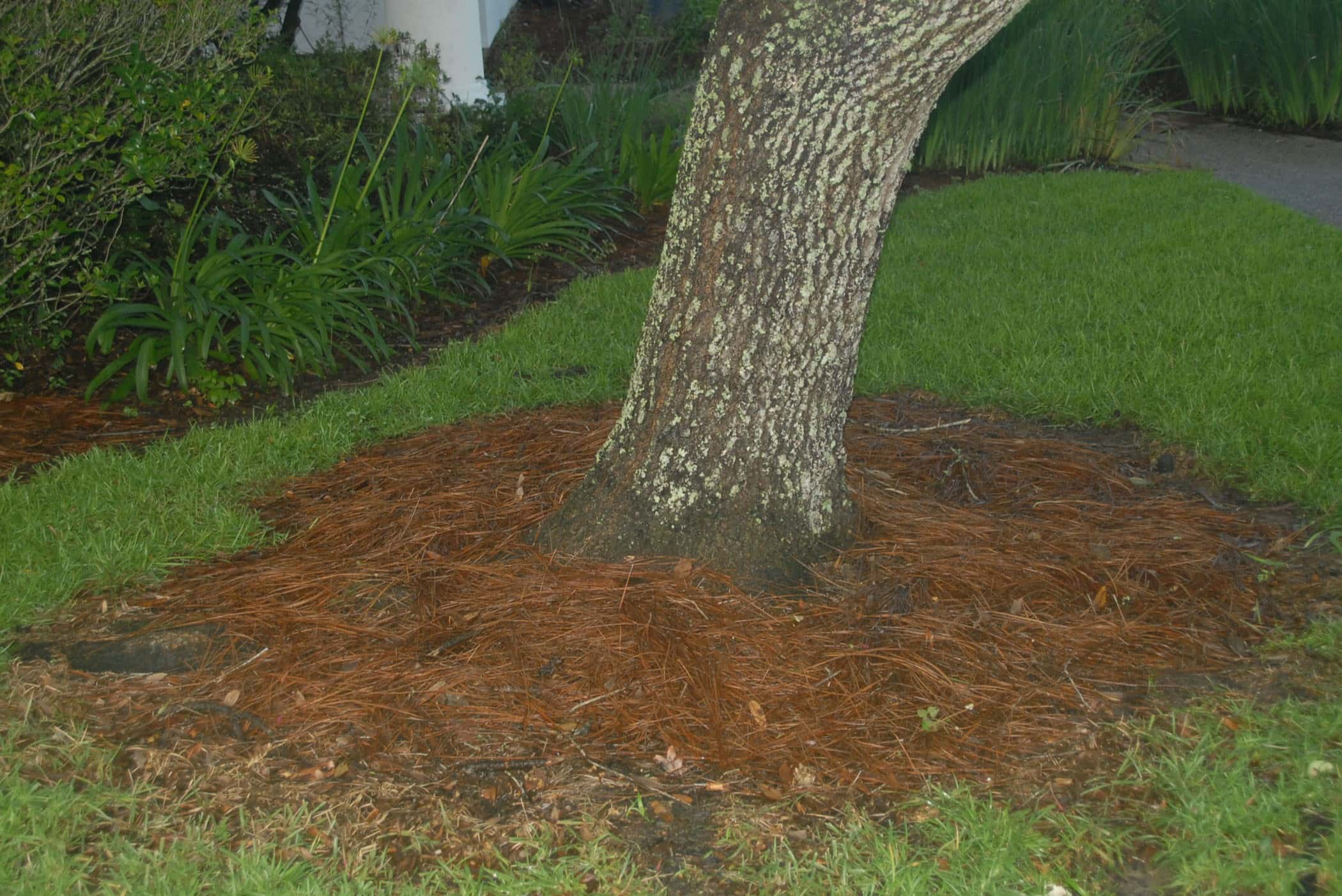
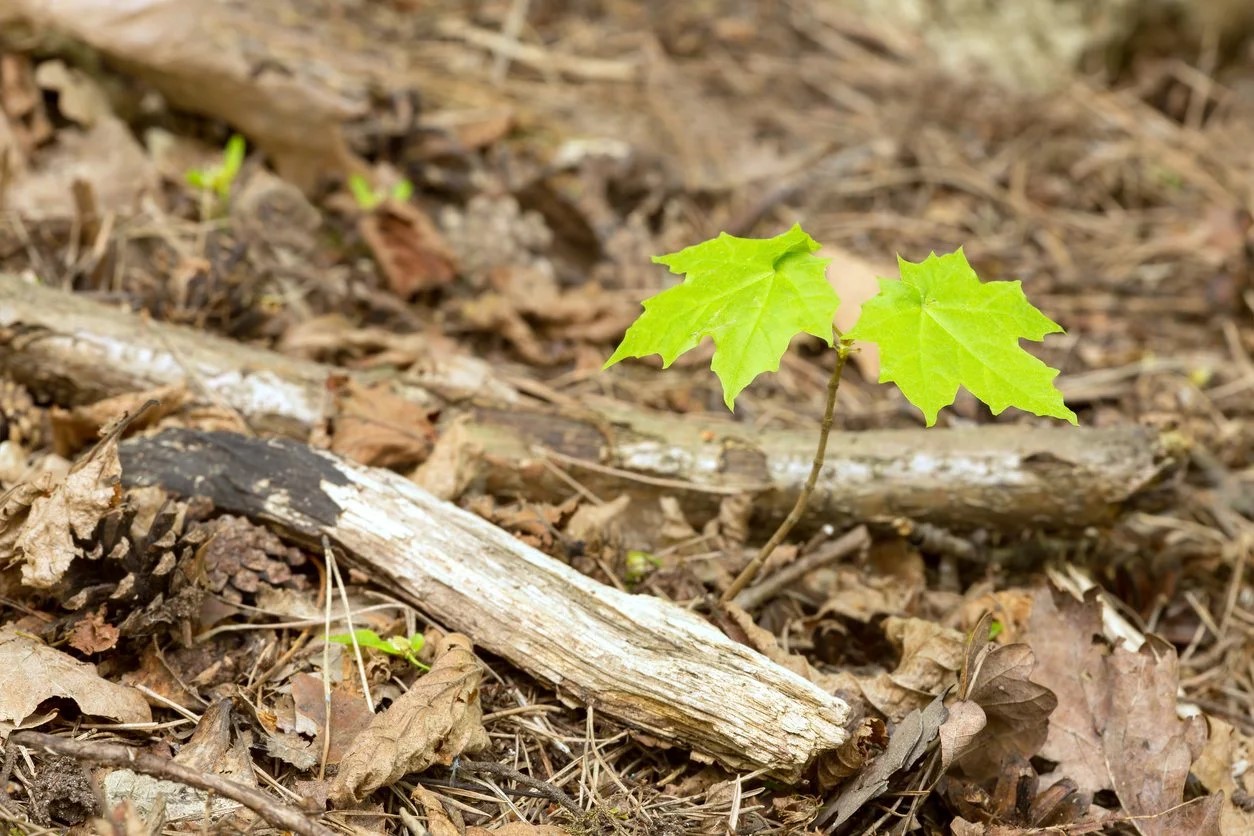
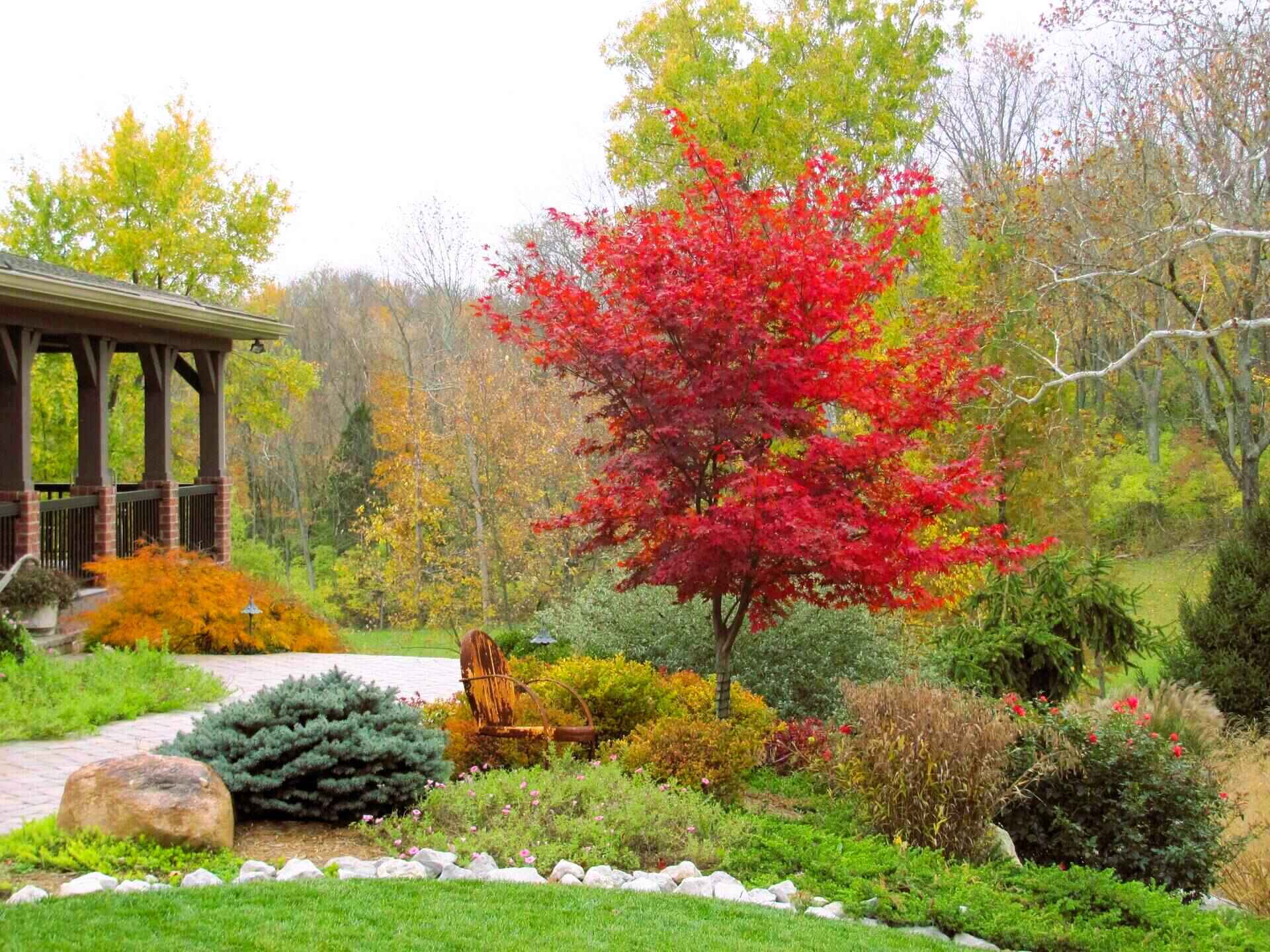
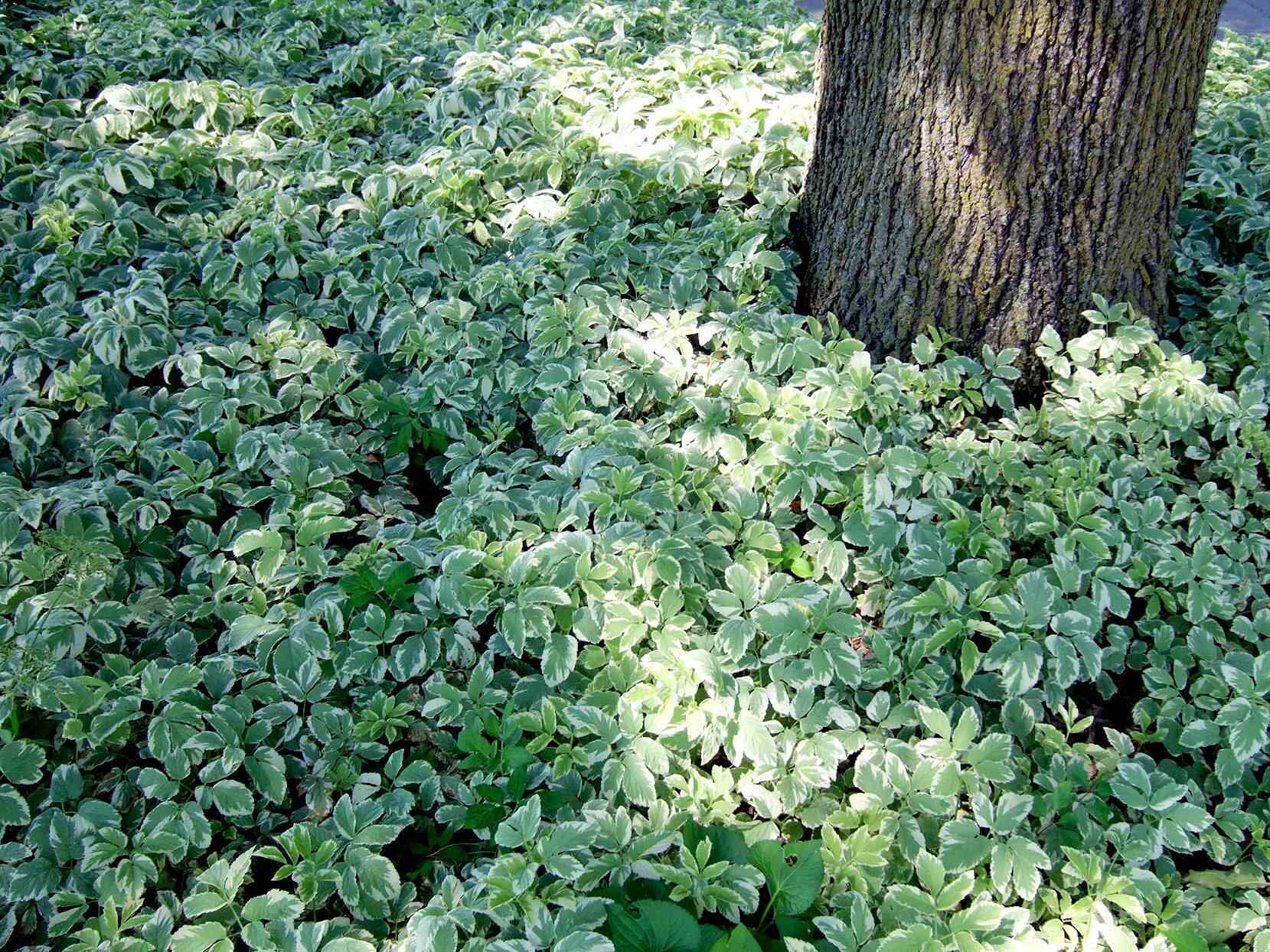
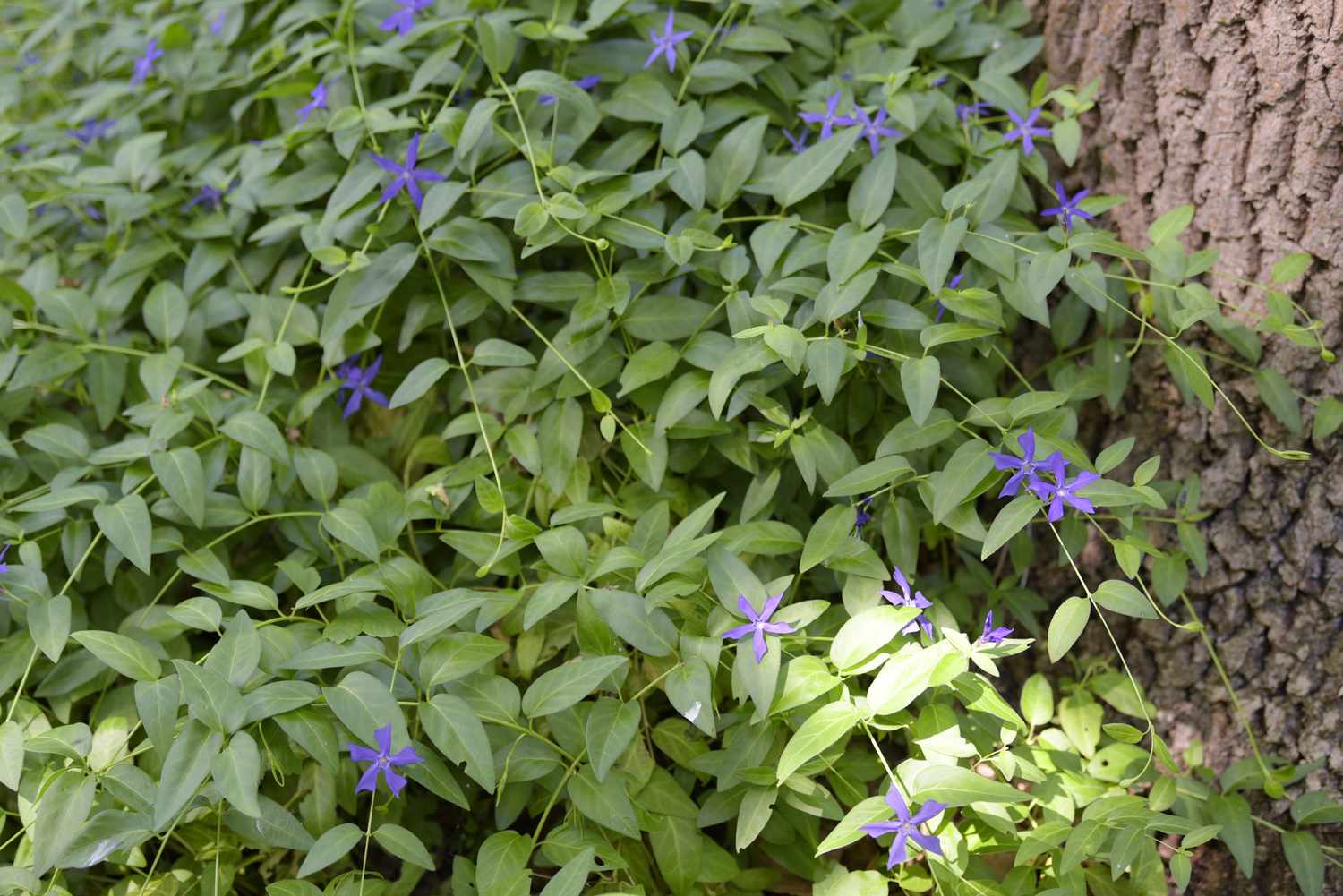
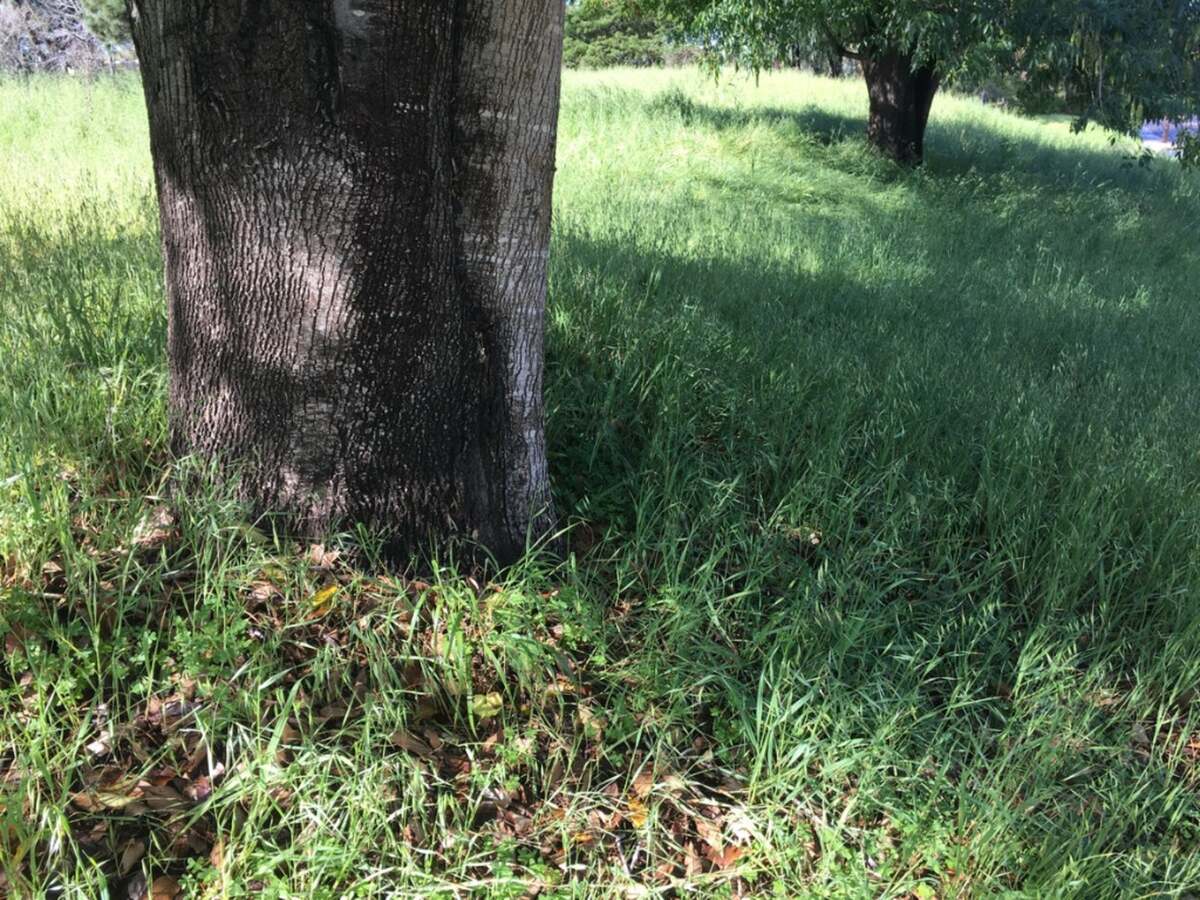
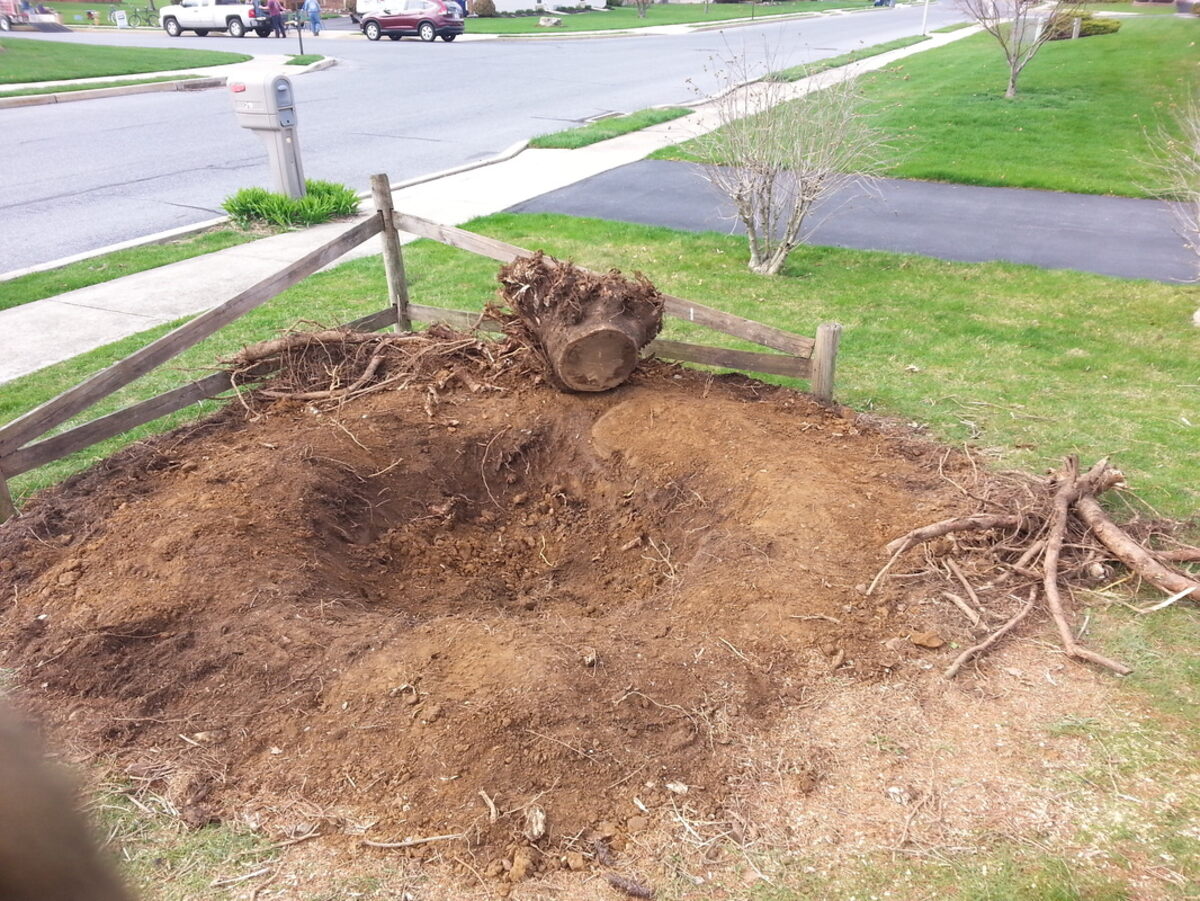
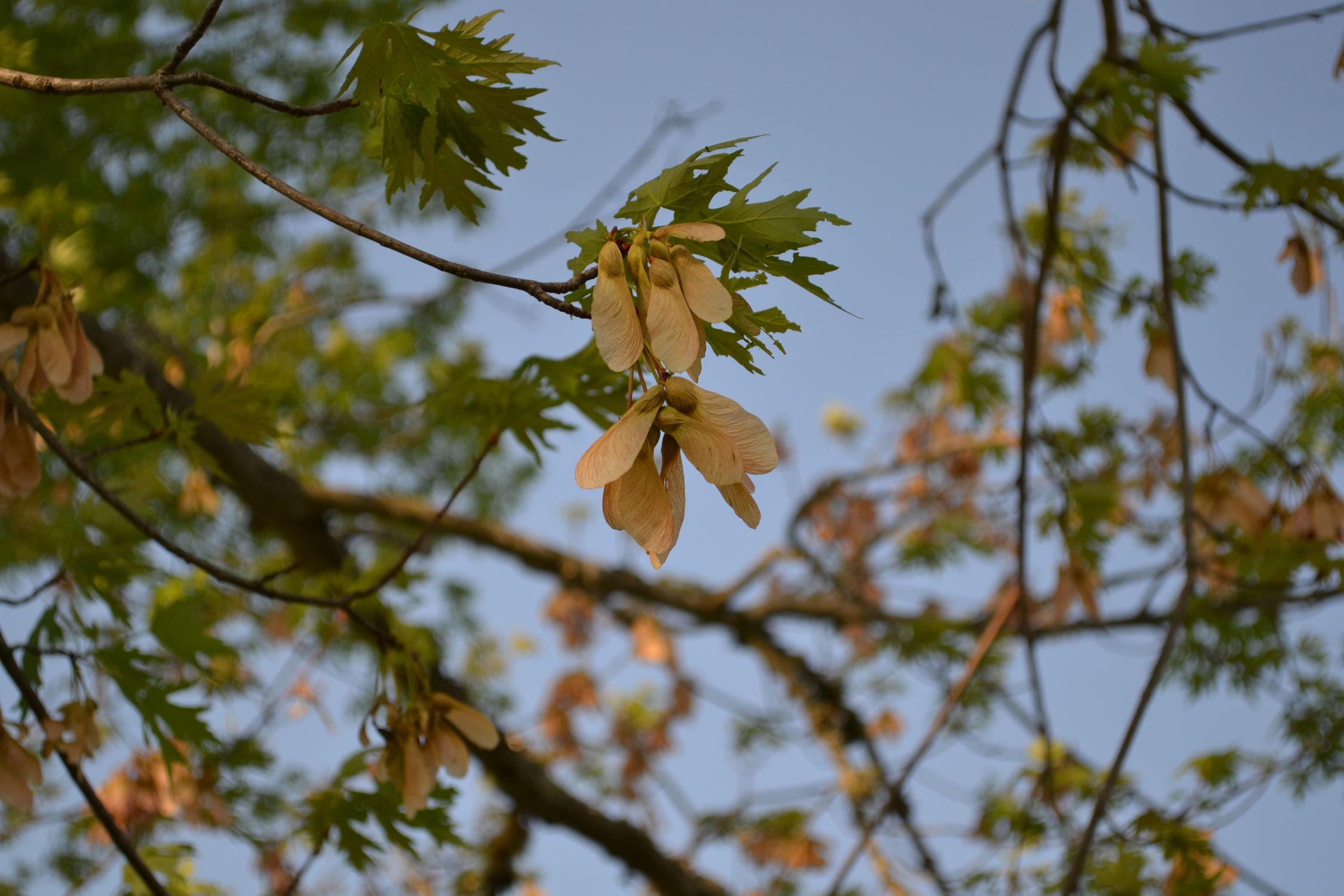
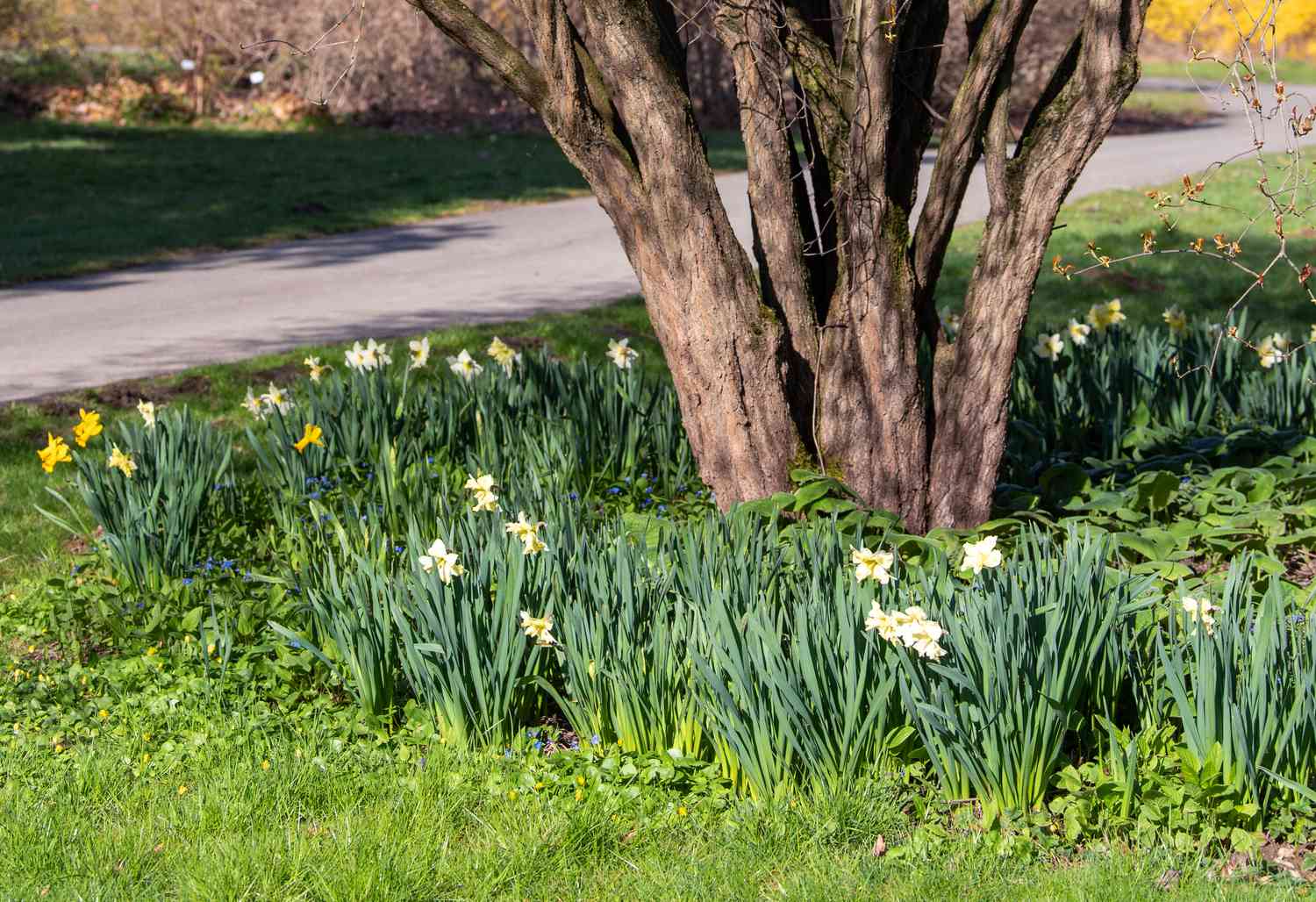
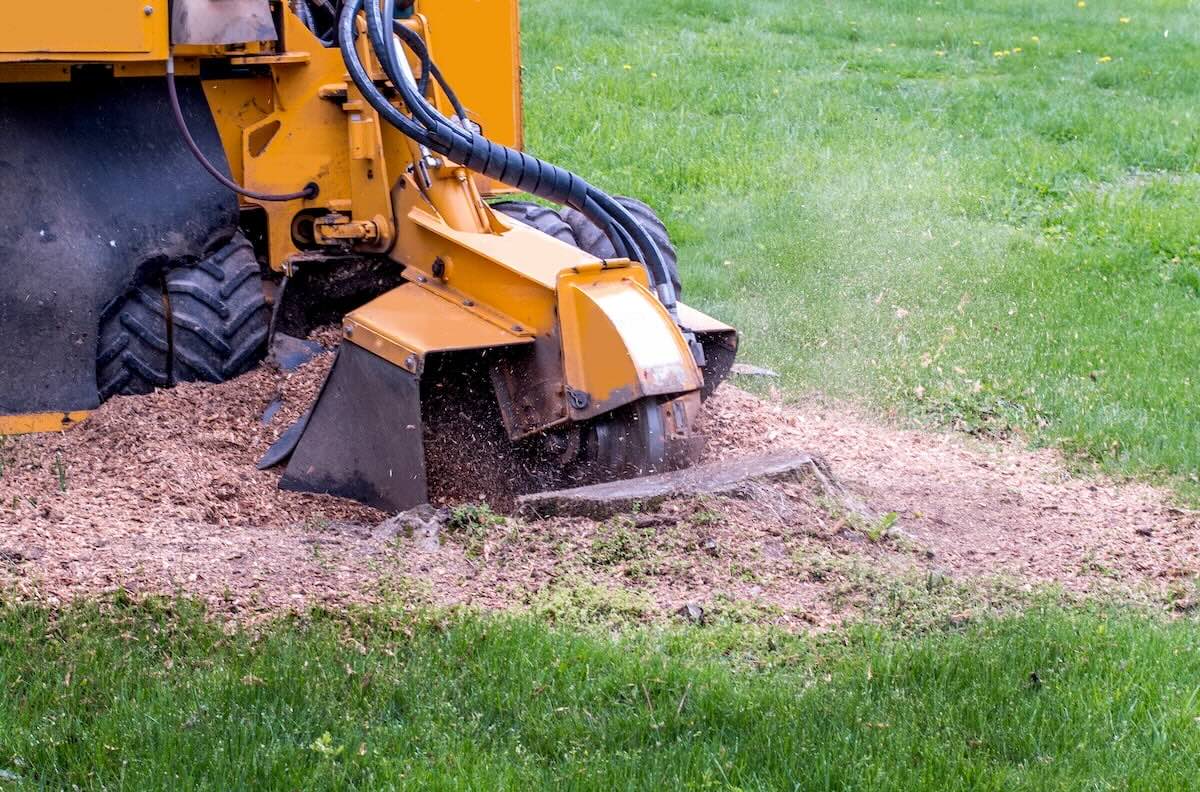
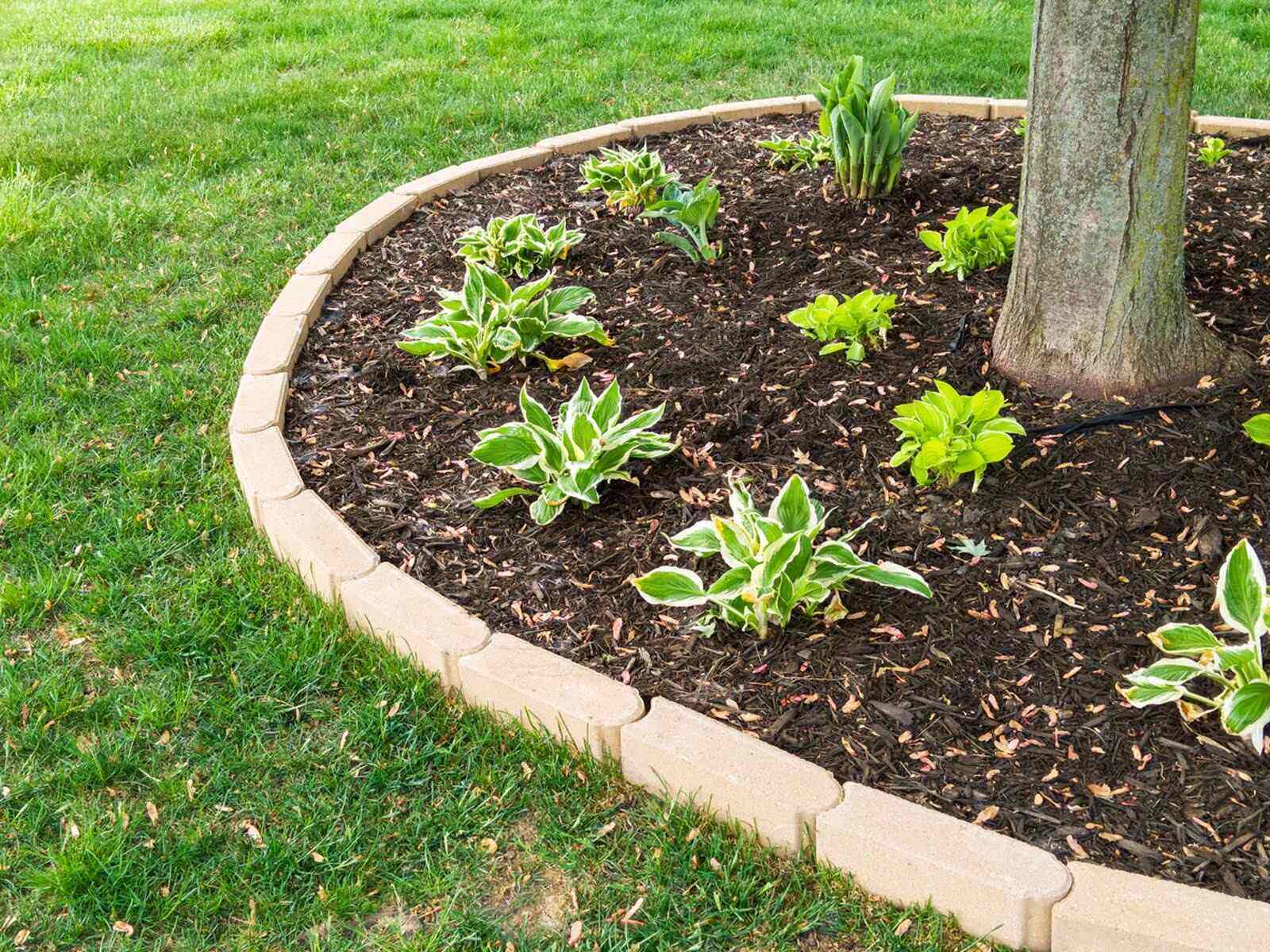
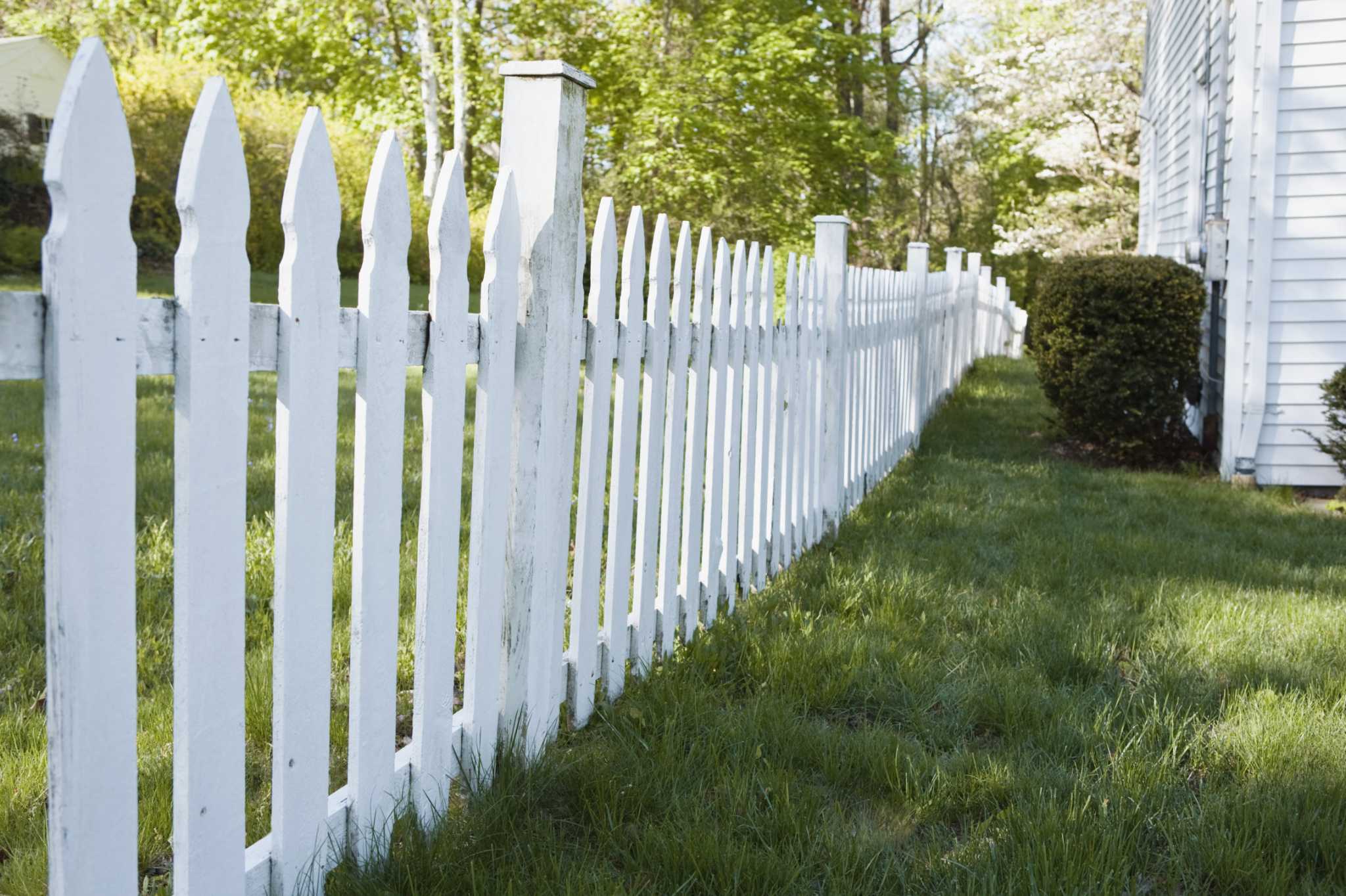
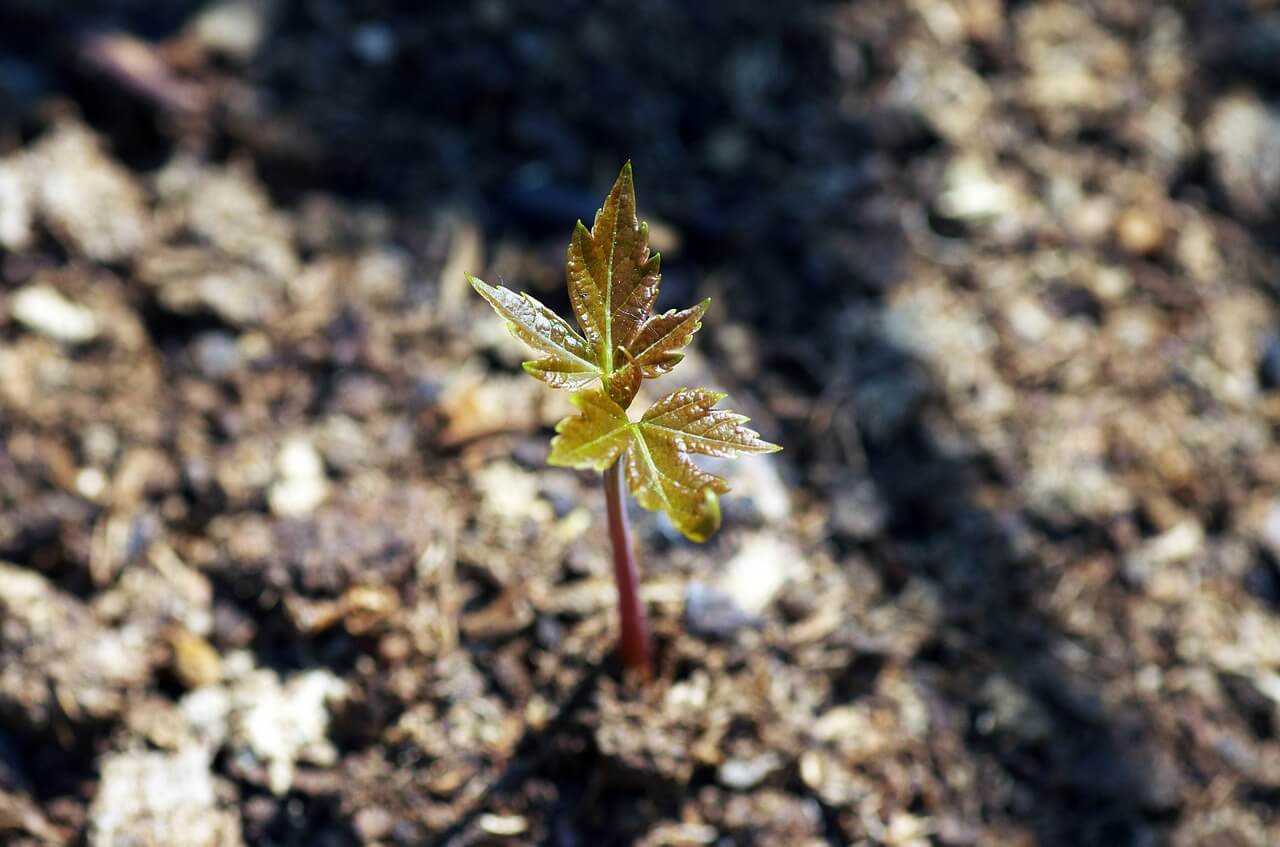
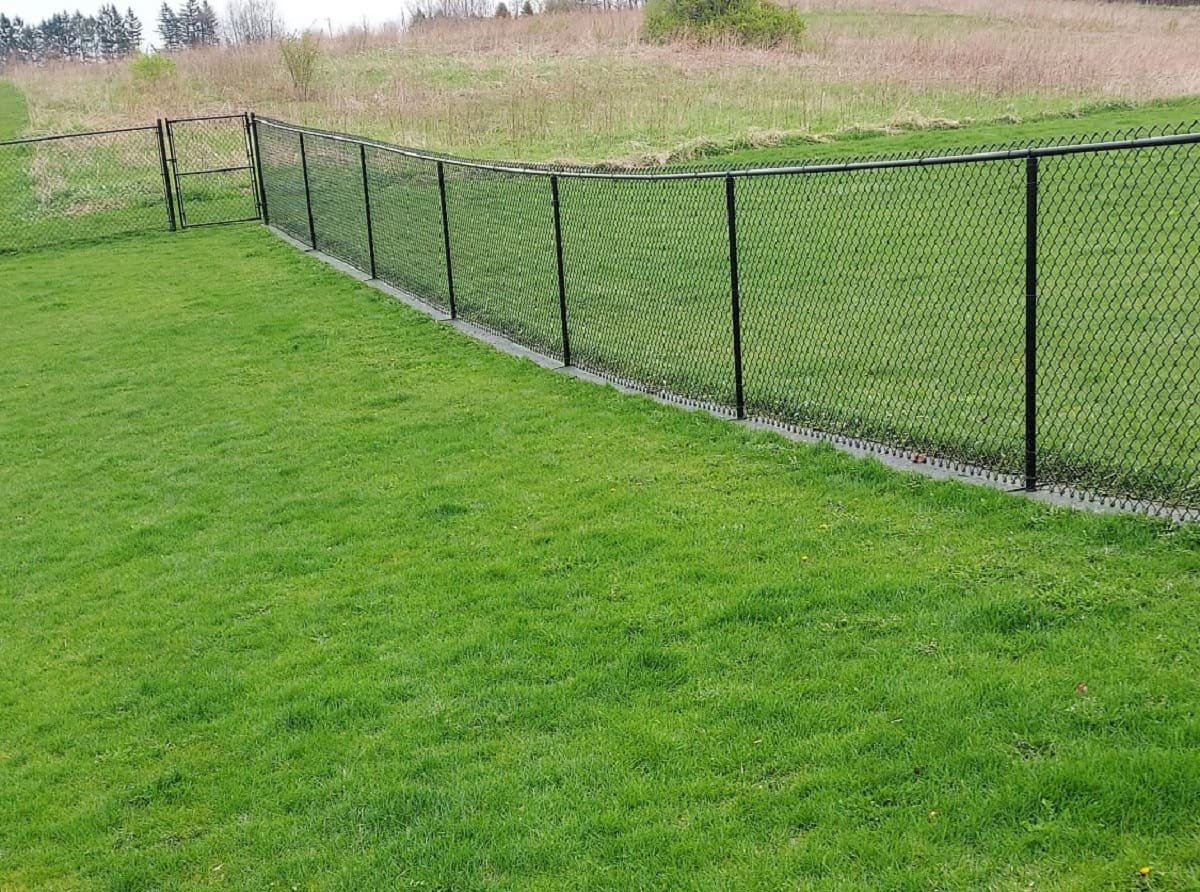

0 thoughts on “How To Grow Grass Under Maple Trees”